My way of saying thanks for bronze. Shoutout to everyone who has upvoted my past uploads so far! I present to you a unique design that I've been building off and on for the past month or so - a near-scale replica of the Halberstadt D.II.
[WARNING - LONG READ AHEAD]
The Halberstadt D.II was a biplane fighter aircraft of the Luftstreitkräfte (Imperial German Army Air Service) that served through the period of Allied air superiority in early 1916. As the first-ever biplane configuration fighter aircraft to serve in combat for the German Empire, it had begun to be superseded in the Jagdstaffeln being formed, by the superior Albatros fighters in the second half of the year, although small numbers of Halberstadts continued in use well into 1917.
The D.II was the production version of the experimental D.I. Lightened to improve performance, it also featured staggered wings and a more powerful 120 hp Mercedes D.II engine. The side and frontal radiators that had been tried in the D.I were replaced by a wing mounted radiator, similar to that later used by the Albatros D.III and D.V. The two bay wings were very strongly braced, with the trailing edge a wooden member, as opposed to the wire or cable common on many World War I German single-engined aircraft. Photographic evidence indicates that many examples were rigged with washout on the lower wings – giving the impression of a curved or twisted lower wing trailing edge. In some photos even the upper wings have a similar sort of "trailing edge droop" on the fixed section inboard of the ailerons. The cockpit was raised in relation to where it had been on the D.I, which required a dorsal turtledeck to be built up atop the rear fuselage to fair the cockpit into the lines of the fuselage. Lateral control was by ailerons, designed to use a single-forward-projecting control horn for one of the twin aileron cable's connections, with the twin cables for each surface running from the lower fuselage, outwards through the lower wing and upwards to the forward horns and the ailerons' lower surfaces, a common system for early German World War I biplane aircraft that had been used previously on the 1914-vintage DFW B.I unarmed two-seater as just one example, and on the later Albatros D.I fighter that replaced the Halberstadt D.II in 1916. The Halberstädter Flugzeugwerke had carried out license-built production of Fokker's A.II and A.I in that order during 1914, giving the Halberstadt firm a familiarity with the general empennage design of the Fokker M.5 and M.8 families of monoplane aircraft. However, there is no documented instance of Halberstadt's previous license-building of another firm's airframes, nor from the 1912-origin French airframe that Fokker themselves copied (the Morane-Saulnier Type G) having any direct effect on the very similar appearance of the D.II's all-moving stabilator surface to those on the Fokker designs. The D.II's all-moving rudder was somewhat more robust-looking than the "comma-shape" unbraced Fokker unit - the Halberstadt D.II's "flying rudder" did have a vee-shaped transverse brace placed immediately forward of the rudder's diagonal leading edge, with its lower ends fixed to each upper longeron near the tail end to brace its uppermost pivot-point. Although the D.II's tail surface design could easily have shared the typical "Morane" elevator sensitivity with the likelihood of poor control harmonization with the ailerons, the D.II was very manoeuvrable in skilled hands and could be dived safely at high speed. A single synchronised 7.92 mm (.312 in) lMG 08 "Spandau" machine gun fired through the propeller arc, from a mostly-exterior mount beside the starboard side of the engine cylinders.
If the only performance figures available for the type are accurate, the Halberstadt fighter’s speed and climb were little better than the Eindecker’s and inferior to such Allied contemporaries as the Nieuport 11 and the DH.2 but it earned the respect of Allied fighter pilots and was a preferred mount of the pilots of the early Jagdstaffeln, until the Albatros D.I became available.
Like other early German fighter types, the D.II was at first supplied in ones and twos to the ordinary six-aircraft reconnaissance units or Feldflieger Abteilungen of what would become the Luftstreitkräfte in October 1916, then from February 1916 onward through the summer of that year gathered into small specialised fighter units – the Kampfeinsitzer-Kommandos or "KEK" units. When the first true fighter Jagdstaffeln were formed in mid-1916, the Halberstadt was the best fighter available and was used by Oswald Boelcke to demonstrate his famous pioneering air fighting tactics (the Dicta Boelcke) to the new units (although he is also recorded as flying a Fokker D.III at this period). His Halberstadt was painted bright blue – one of the first documented instances of the gaudy personal finishes applied by German fighter pilots to their mounts for the remainder of the war.
In service, unlike the previous Fokker Eindeckers and succeeding D-series biplanes from every other manufacturer of the era, the Halberstadt-built D-series fighters bore no marked IdFlieg-issued military serial numbers anywhere on their exteriors. The license-built Aviatik and Hannover-constructed examples of the Halberstadt D-series fighters usually had IdFlieg-issued serial numbers on their rear fuselage sides.
As the new Albatros fighters came into service the Halberstadts were quickly replaced, although a few survived into early 1917. Manfred von Richthofen flew a red Halberstadt D.II for a few weeks in February and March 1917, after the spar of his Albatros D.III cracked in combat.
Specifications
Spotlights
- MrSilverWolf 9.4 years ago
- Kuiper 9.4 years ago
- CrazyCodeC 9.4 years ago
- FennVectorCWA 9.4 years ago
- Deloreandude 9.4 years ago
General Characteristics
- Created On iOS
- Wingspan 28.0ft (8.5m)
- Length 23.3ft (7.1m)
- Height 10.2ft (3.1m)
- Empty Weight 6,027lbs (2,734kg)
- Loaded Weight 7,189lbs (3,261kg)
Performance
- Horse Power/Weight Ratio 0.139
- Wing Loading 24.6lbs/ft2 (119.9kg/m2)
- Wing Area 292.9ft2 (27.2m2)
- Drag Points 4444
Parts
- Number of Parts 165
- Control Surfaces 10
- Performance Cost 541

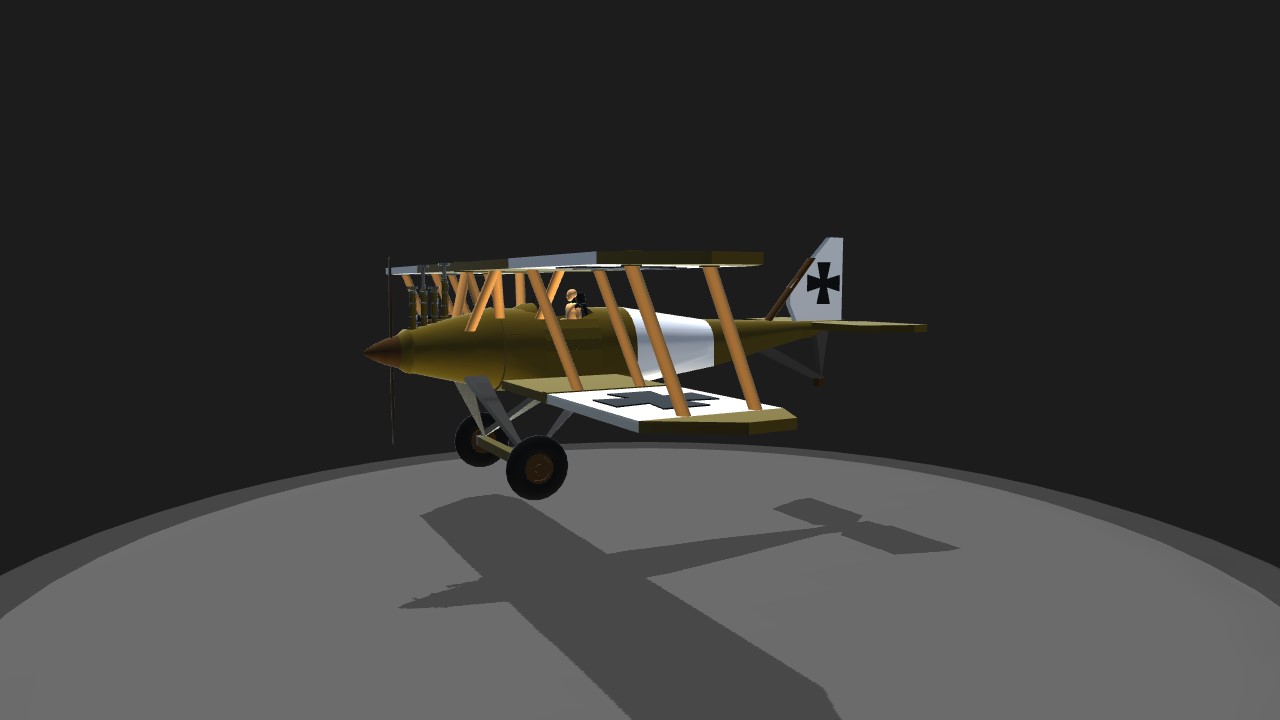
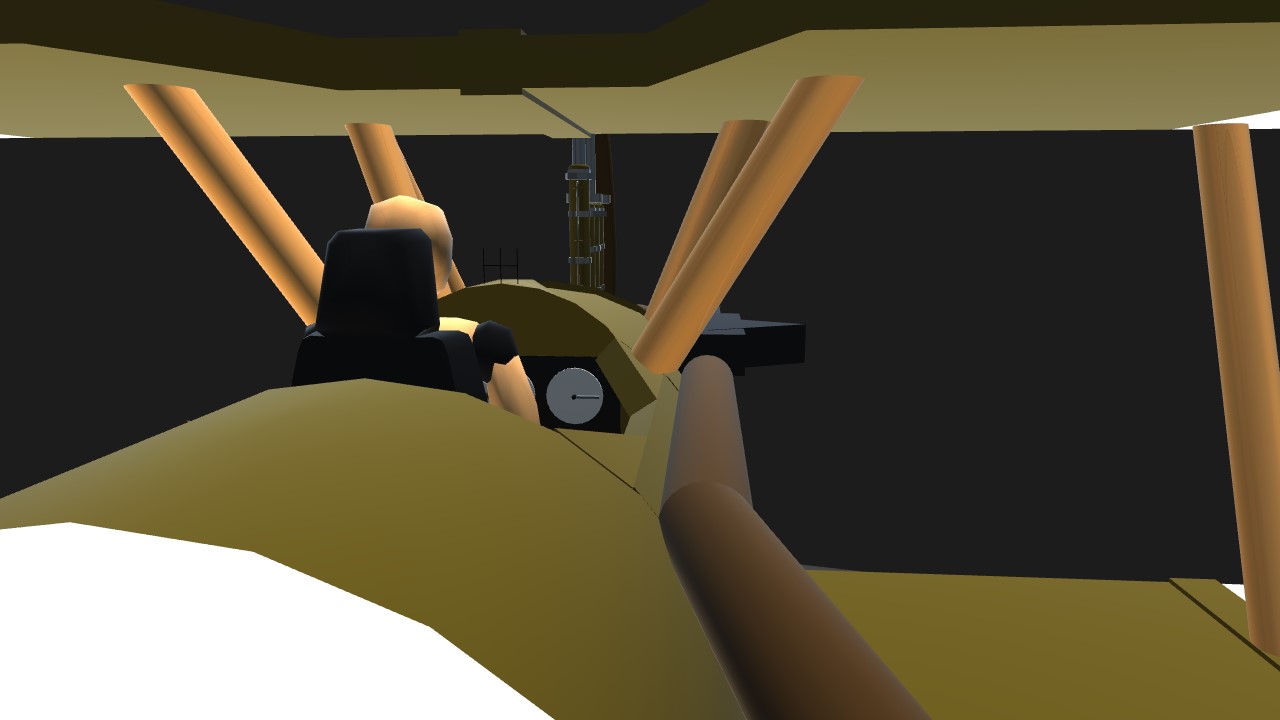
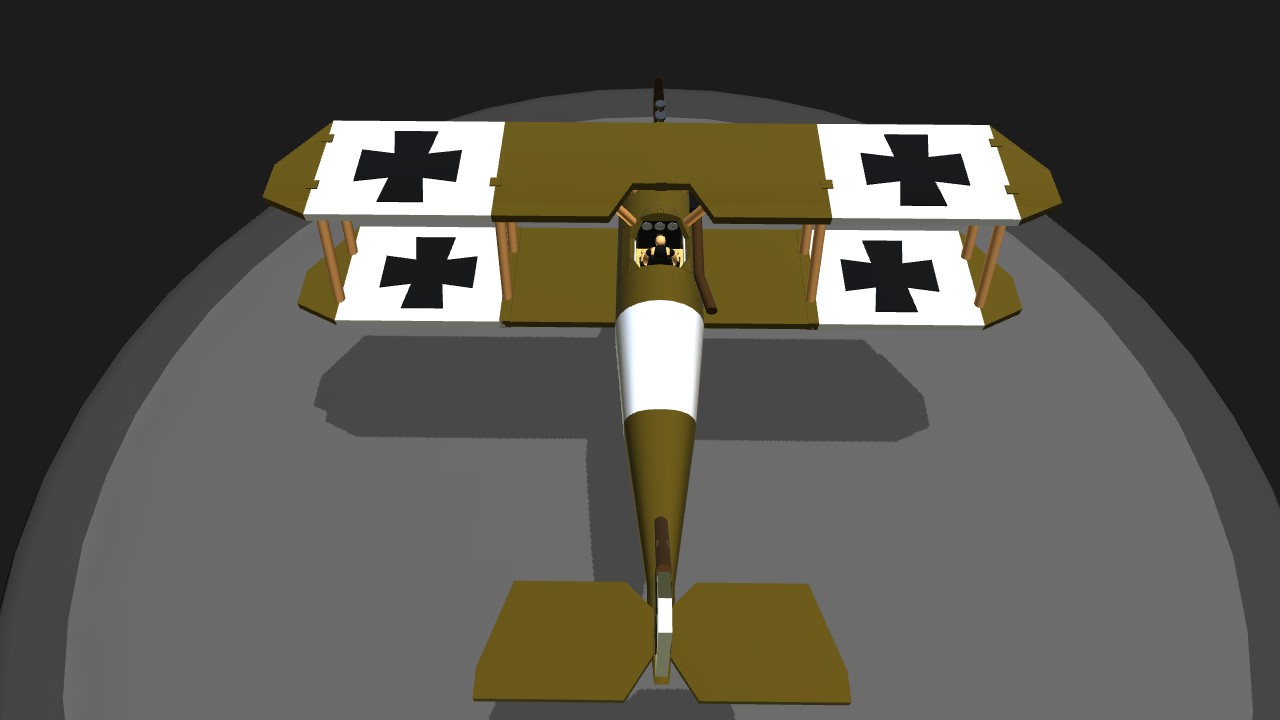
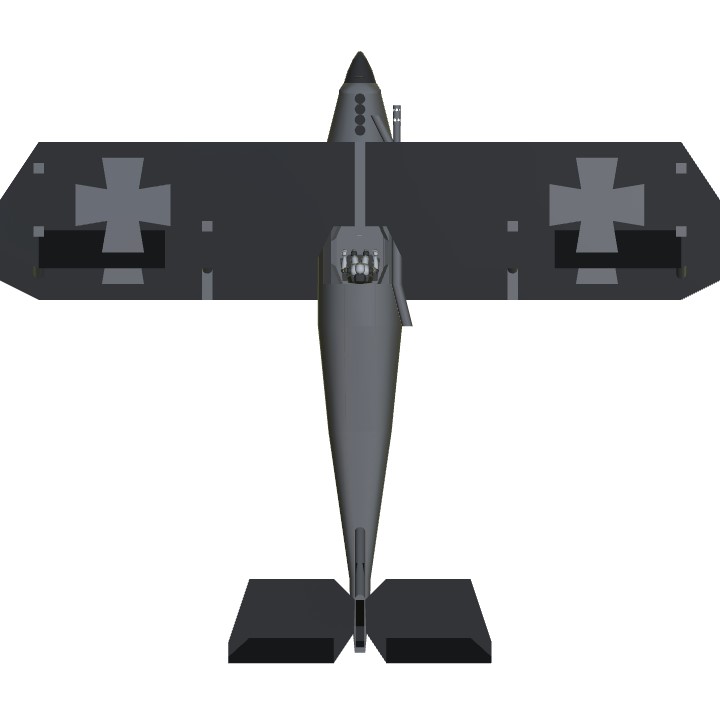
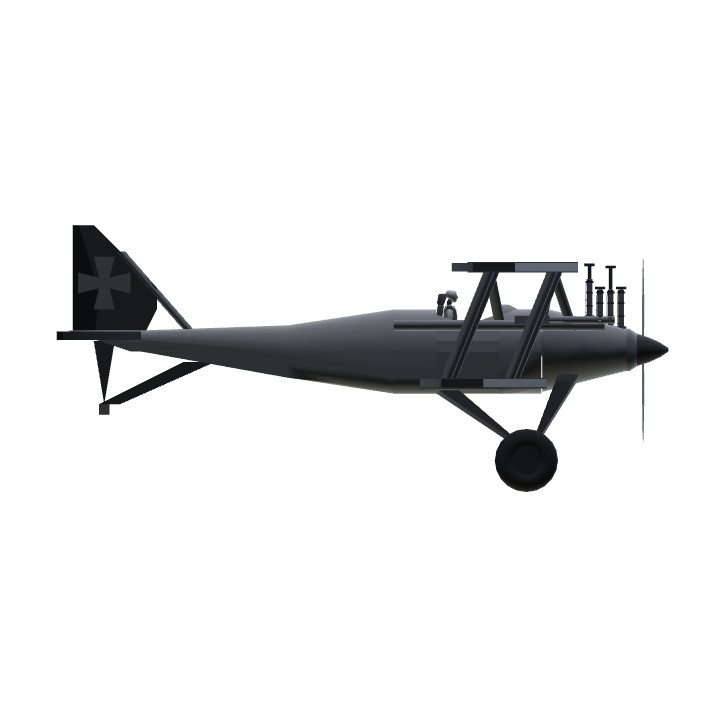
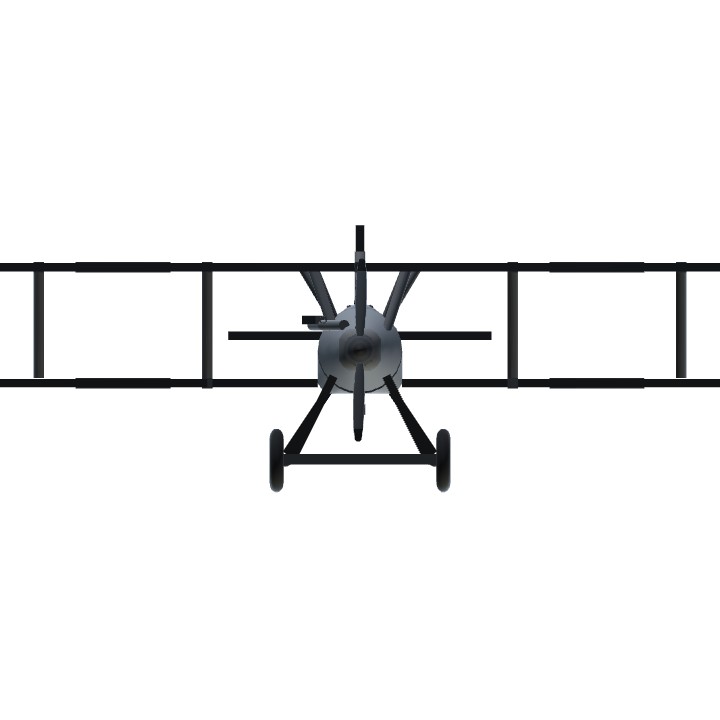
@HistoryNerd how do you build these so well? i built a few biplanes yet they seem to go almost unnoticed, swallowed by the gaping white noise of the internet...
Thanks for all of the positive feedback everyone! I didn't expect expect this plane to get half the amount of attention it has now. You guys are great!
@AndrewGarrison
Please dont start this again......@BaconEggs
@zed MORE DETAIL
If it isn't obvious enough.. people have asked you for more detail..
I wish @Zed would build like this..
AMAZING WORK!! I hope this gets a feature!
THIS IS... EPIC a spotlight my friend
WOW! This is almost flawless! Dear sir, this deserves the highest amount of attention!